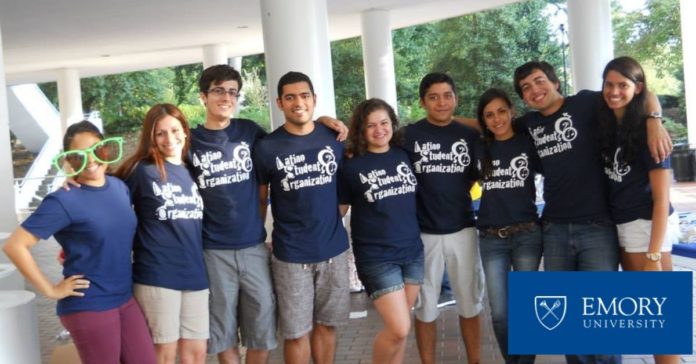College can be a truly exciting time in a young person’s life, but it can also be a difficult transition for teens searching for a place in the world and longing for an opportunity to fit in and make a difference. Many of us probably recall feeling lost or confused during those first weeks in a new learning environment, possibly far away from family and without the familiarity and comforts of home. And the challenges of adjusting to college life are even harder if you’re a minority. As it turns out, getting into college isn’t necessarily the hardest part of the process — fitting in at college might be just as tough.
In terms of attending college, Latino students are making great strides in terms of successful enrollment compared to 10 or 20 years ago. Statistics show that for Latinx students, enrollment and admission rates at college campuses across the country are on the rise, which means that more and more Hispanic students are attending college. As HuffPost reports, according to the U.S. Census Bureau, national Hispanic college enrollment grew from 8 to 19 percent of all students between 1996 and 2016. The U.S. Department of Education also reports that between 2000 and 2015, the college-going rate among Hispanic high school graduates (ages 18-24 year-olds) grew from 22 to 37 percent, and Hispanic undergraduate enrollment more than doubled, to 3 million as of 2015.
The numbers are good; they’re really good. And it would make sense that as the Hispanic population in the US continues to grow (despite the best efforts of our President), so would the number of Hispanics pursuing a higher education.
This is clearly great news not just for Latinos, but also for everyone, and it shows that affirmative action, among other efforts, to encourage diversity is working. We know that there is a focus on increasing diversity on campuses and that many schools are on a mission to ensure that minorities are admitted to increase that diverse student body. We also know that for many of those Latino students, they will be the first in their family to attend or graduate from college. Getting accepted into college is a life-changing opportunity that they work hard for and do not take for granted.
But what happens once those students get to school? Research shows that while more Hispanics are going to college than in previous years, and more Hispanics are graduating from college as well, there is still an achievement gap between Hispanic students and white students according to the U.S. Department Of Education.
Which begs the question: what are colleges and universities doing to properly support and empower Latino students once they are on campus? We know efforts are being made to get them to enroll in school, but once they are there, then what?
The good news is that across the country various educational institutions are making efforts to better accommodate and better support the Latino population through everything from student organizations to Latino leadership programs to cultural programming and a more diverse faculty (and faculty organizations to support that growing population as well).
First of all, nationally universities and colleges can apply to become federally recognized as a Hispanic-Serving Institution as long as they have at least 25 percent Hispanic enrollment. That recognition qualifies them for federal grants that can help fund programs that advocate for Latino students in higher education. In addition, Excelencia in Education is one example of an organization that is on a mission to accelerate Latino student success in higher education. Their goal is to help institutions and leaders learn what works best for Latino students so that those schools are “able to replicate and use evidence-based practices that serve Latino students and enrich our society with their talents and energies.”
Latino students enrolling in college, or considering where to apply and matriculate after high school, have a lot to think about. They have to think about location, cost, student diversity, graduation rates and academic opportunities, just to name a handful. But another key component they must take into account is how hard the college campus works to serve Latino students. And while there is still a lot more that could be done at schools across the nation, some schools are going above and beyond to offer student groups on campus that support Latino students and serve this growing minority population.
This is absolutely not an exhaustive list — college campuses across the nation are making moves and taking steps to better support the Latino community. The student bodies at some of these schools are very heavily Hispanic, while other universities are extremely diverse. Some are public institutions and others private. Some have long established themselves as supporters of the Latin community, while others are newly focused on serving Hispanic students. Again, it’s not a fully comprehensive guide, but in terms of colleges that are working hard to support Latino students, these universities, in no particular order, stand out.
California State University Los Angeles
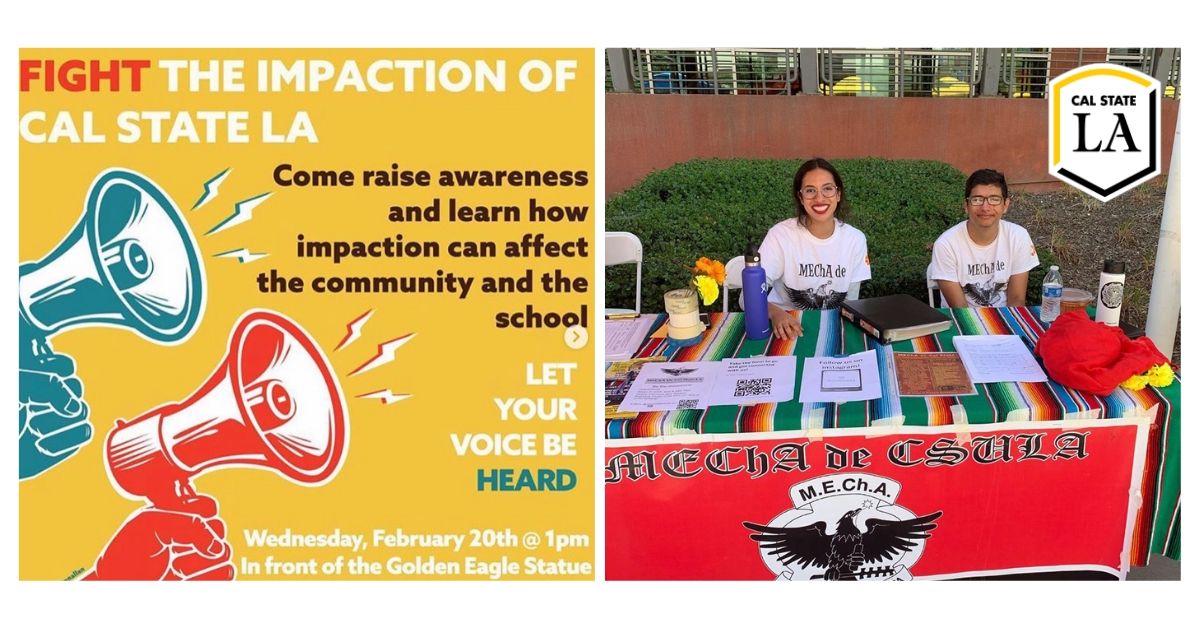
Cal State L.A. is a Hispanic-Serving Institution with Hispanics representing more than 60% of students. It established the first Chicano studies department in the nation and its Latin American Studies program offers an opportunity for students to gain a broad understanding of Latin America and its connections to the rest of the world. The university works with local Latin American populations and community organizations, and it’s important to note that Southern California is home to the largest Mexican population outside of Mexico, the largest Central American populations outside of Central America, and substantial settlements of South Americans, Puerto Ricans, Cubans, and Dominicans. According to the university’s website, “this makes Cal State L.A. an ideal place to explore the diversity of Latin American cultures and their increasingly complex transnational connections to the United States.”
Arizona State University

In 2019 ASU was one of nine institutions across the country to earn the Seal of Excelencia, a prestigious, voluntary, and comprehensive certification granted by the Excelencia in Education organization. In a statement after being awarded this certification, university president Michael M. Crow said: “ASU is committed to increasing educational access and degree attainment among Latinxs, our future new majority population, and our institutional mission will only be complete if the students we serve reflect our surrounding diversity. Through ASU’s commitment to quality, inclusion and student success, one quarter of our first-year class are Latinx students and thousands of degrees are being earned by Latinx graduates, all of whom meaningfully enrich our ASU community through their personal drives, valuable perspectives, experiential insights and their dedication to giving back to the community, both now and in the future.” Some of the ASU Latino-focused programs include the Hispanic Mother Daughter Program and the American Dream Academy.
University of Central Florida
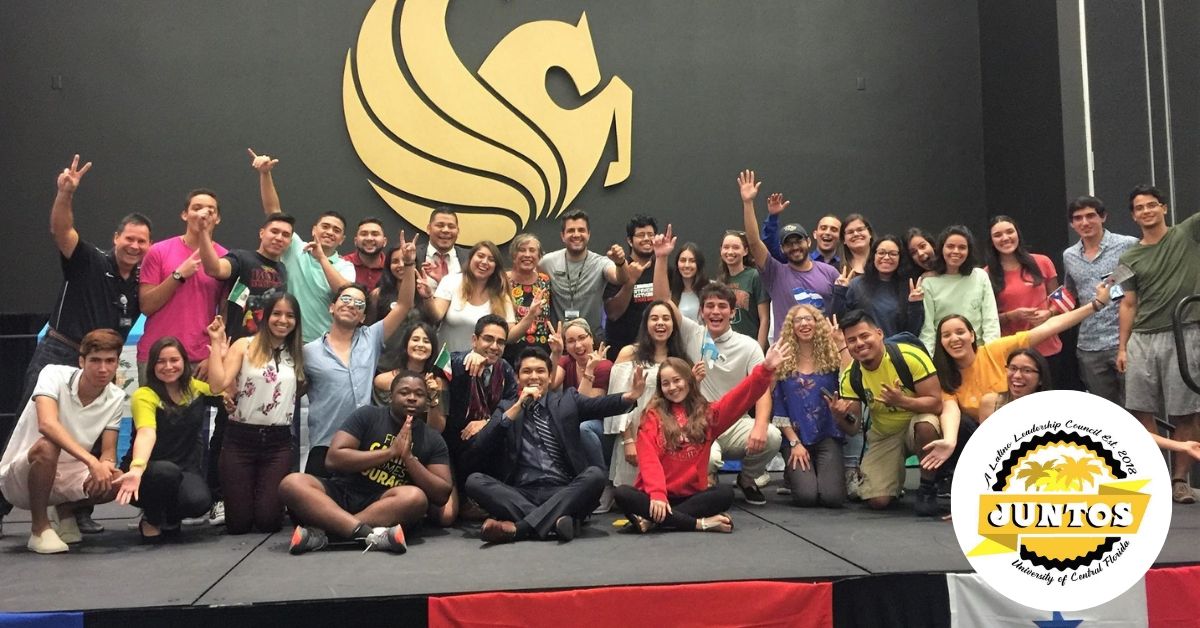
The UCF the Latin American Student Association helps to promote the Latin/Hispanic culture at UCF as well as all of Central Florida, and serves as a support organization where the Latinx student community can connect with others through educational and cultural activities on campus. In addition, because such a huge percentage of staff members on campus are also Latinos (nearly 750 Latino or Hispanic faculty members!), the university caters to their needs as well through the UCF Latino Faculty & Staff Association, which strives to be a source for collaboration, service and support for those staff members.
Emory University
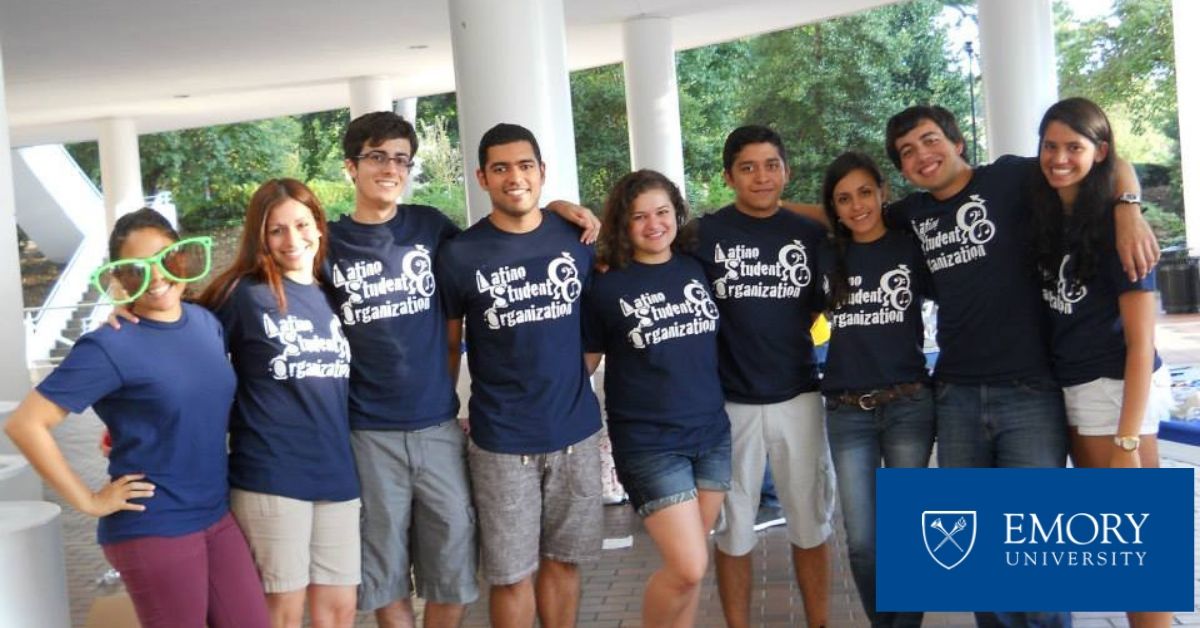
At Emory University in Atlanta, Georgia, the Latino Student Organization brings together students and faculty members who have similar backgrounds, interests, and aspirations in an effort to enhance their college experience and improve the quality of education for all. Events are focused on discussing, sharing and embracing Latino culture, politics, social issues, and philanthropy — past events have included Hispanic Heritage Month celebrations, dance lessons, cookouts, galas, and more.
Florida International University

In 2019, FIU received it’s first-ever Seal of Excelencia for its success in educating Latino students. It was selected as one of the nine education institutions across the country — and was the only university in Florida — to be awarded this honor. With Hispanics making up 66 percent of the student body, it’s crucial that this university make efforts to support that growing demographic. “At FIU we understand that our geography and demography are not our destiny,” said FIU President Mark B. Rosenberg in a press release after the award announcement. “We are proud to serve more Hispanic students than any other institution in the nation. It is a part of our DNA, what gives us an edge, and sets us apart. This designation demonstrates our longstanding commitment to build models for success in graduating and retaining students as an urban minority-serving institution.” The university supports its Latino students through organizations and programs such as Federal TRIO programs, success coaches, professional advisors, a Math Mastery Lab, and the largest learning assistant program in the nation.
University of Pittsburgh
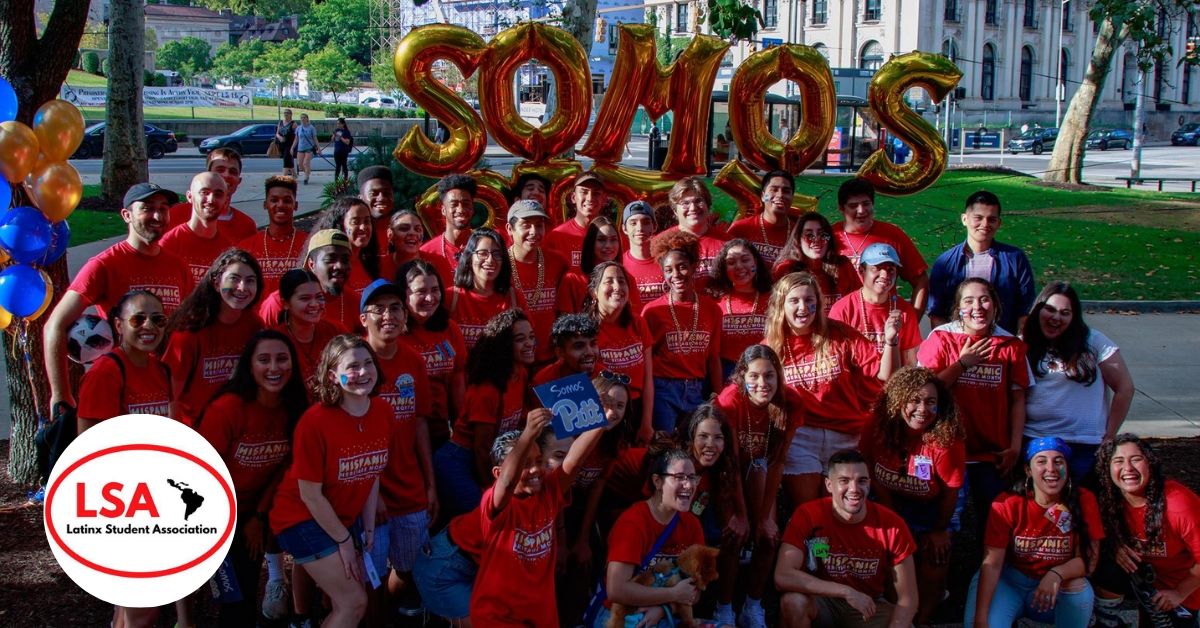
The Office of Diversity and Inclusion at Pitt supports several student organizations that help to foster a sense of inclusion and education for Latino cultures and communities on campus. The Latino Student Organization has a simple mission: Motivate, Educate, Advocate and Celebrate. According to their Facebook page, the group wants to “establish a sense of support and community to promote the advancement of Latinx students in their academic, social, professional and personal lives.” It also aims to enrich student life, address concerns of Latinx students, and create a positive and celebratory environment for the development and support of Latinx students at the University.
Tufts
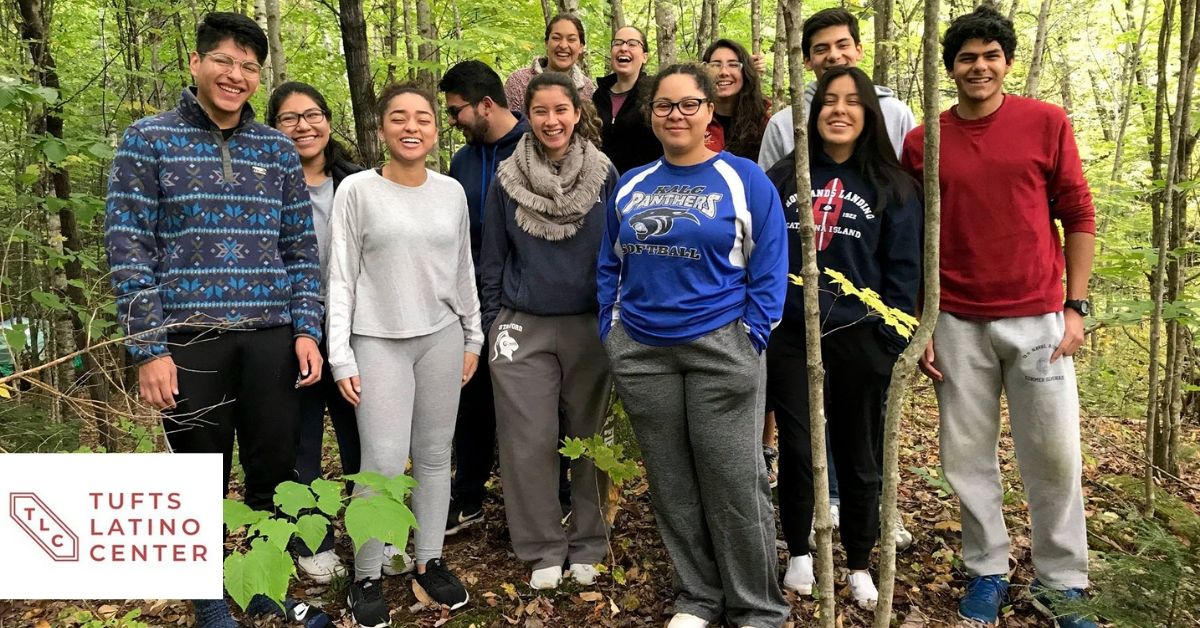
Back in the early 80s a group of Latino students got together and decided it was time that the university offered an inclusive, welcoming environment where Latino students could gather and learn from one another. After several years the university finally made The Tufts Latino Center an official campus institution in 1993. This space serves as a resource for Tufts University students and community members to gather, learn, share experiences, and show support and appreciation of Latinx identities. The Latino Center provides resources for inclusion, education, academic achievement, and cultural programming in collaboration with students, staff, faculty, alumni, and community at large. The vision of this student center is “F.A.M.I.L.I.A.” standing for: Friendship, Advocacy, Mentorship, Integrity, Leadership, Inclusivity and Achievement.
Texas A&M
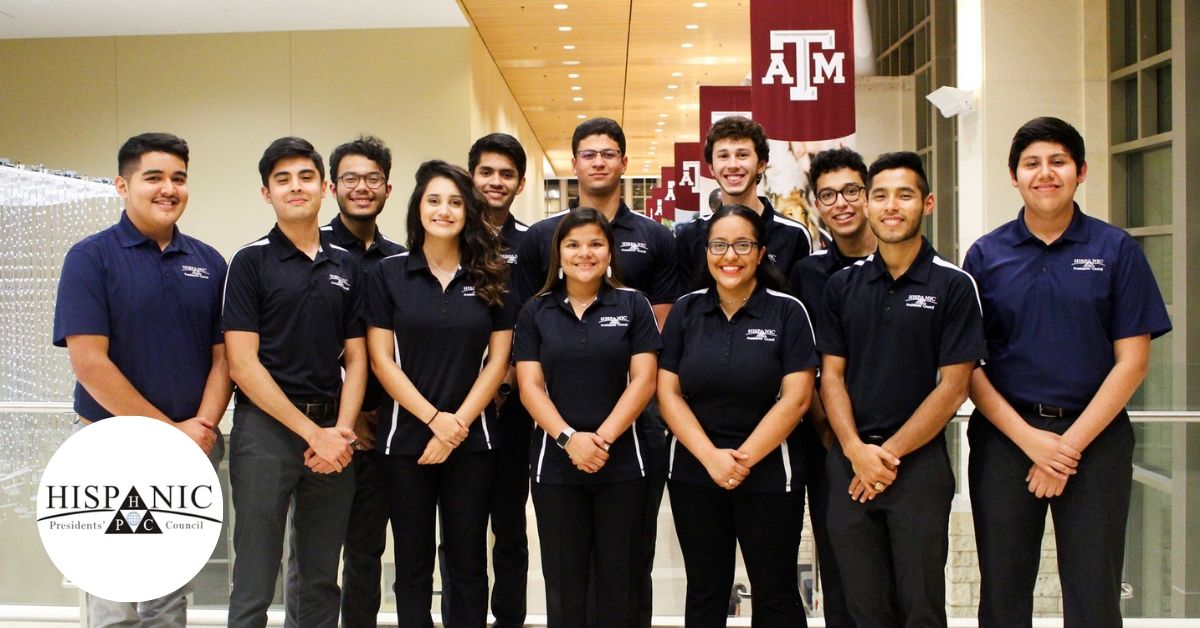
Hispanics make up a big chunk of the population at Texas A&M University, with nearly 15,000 Hispanic or Latino students out of the student population of nearly 70,000, according to the university’s 2018 demographic report. So, it would make sense that the campus would make efforts to cater to that growing minority student body. And through various groups on campus they strive to support not only current students but also former students through the Texas A&M Hispanic Network, which serves as an advocate and support group on Hispanic concerns and issues at the University and local communities. The Network dynamically works towards increasing the number of Hispanic students attending Texas A&M University, as well as enhancing their experience, education and quality of life on campus. Other groups such as the National Hispanic Institute, which helps support young Latino minds and allows students to discuss ideas, and interact with the community, further aims to strengthen the Hispanic community at Texas A&M campuses across the nation.
University of California Santa Cruz
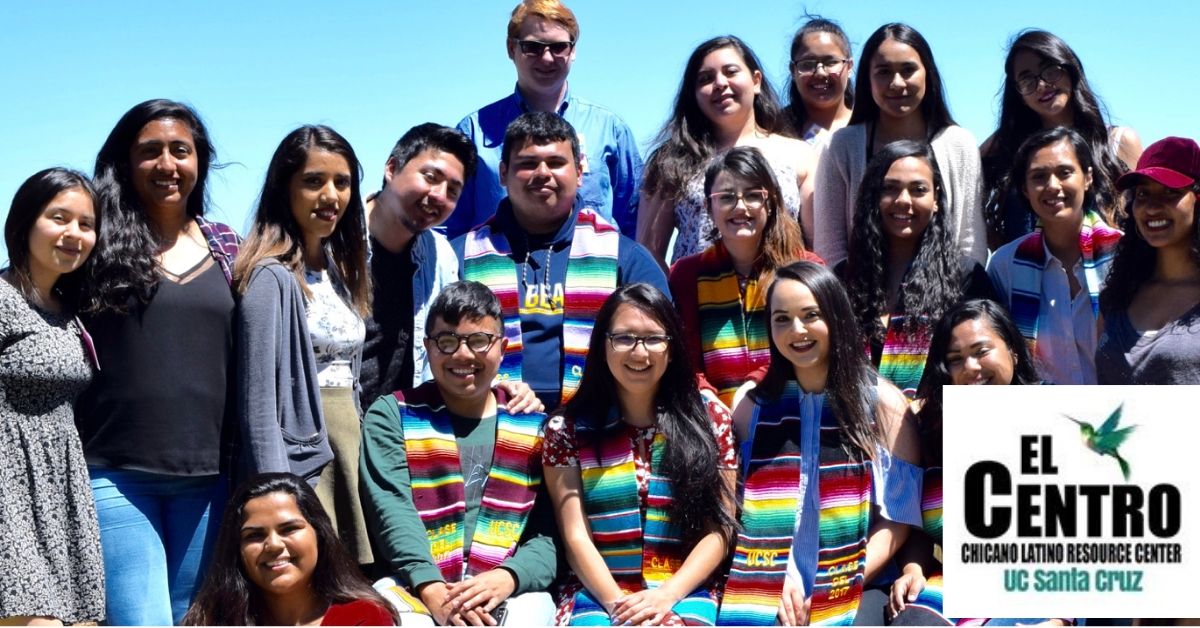
Best Colleges deemed University of California Santa Cruz as the number one best college for Hispanic students thanks to its cultural center, degree programs and campus organizations dedicated to enhancing the experiences of Hispanic students. At the Chicano Latino Resource Center, more commonly known as El Centro, Hispanic students are able to access programs and resources to support and bolster the on-campus Hispanic community, including academic support, scholarships and financial guidance and social events geared towards unification and integration.
Washington & Lee
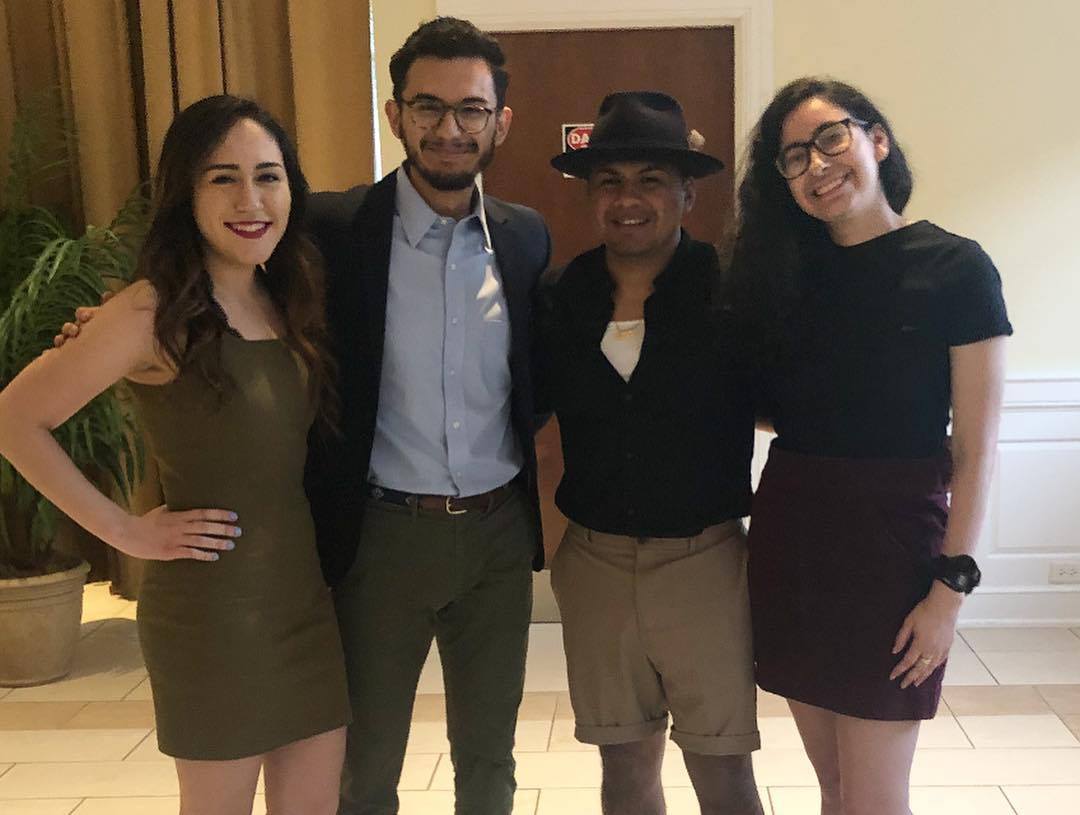
At Washington & Lee University, the Latino Student Organization works to promote and expose students to the many Latino cultures and enhance a sense of community on campus and beyond. First and foremost, the purpose of this group is to promote and share the diverse Latino cultures with students and faculty across campus, and to provide those students with a safe space to share their culture and explore topics related to Latino life. The ultimate goal is to communicate a positive image of the Latino community and to enrich the entire campus; the group is open to any student as long as they are in good standing with the university and it provides a welcoming and empowering outlet for Latino students, and all students interested in exploring and supporting the Latino community.
For Image credit or remove please email for immediate removal - info@belatina.com





























